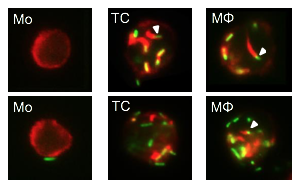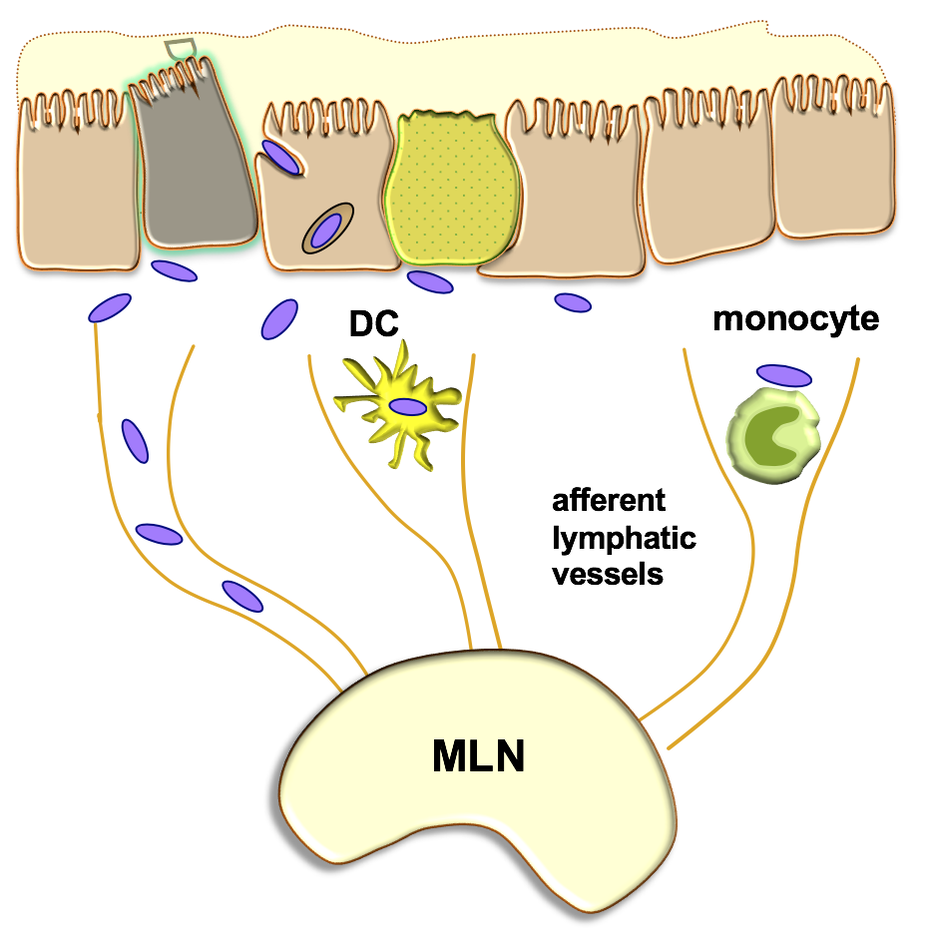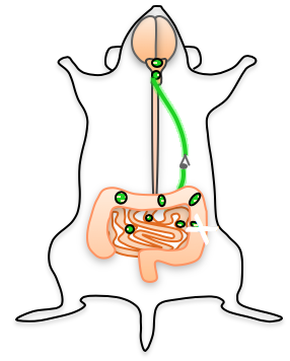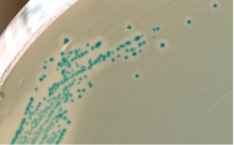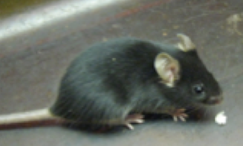Current work in the lab
|
Which cell types in the gut support intracellular replication of Listeria?
L. monocytogenes are facultative intracellular bacteria, and much research effort has focused on their unique intracellular life cycle that allows for cell-to-cell spread without encountering the extracellular environment. The gut phase of listeriosis differs from the systemic phase in that a majority of the bacteria are extracellular. However, our preliminary studies suggest that intracellular replication in at least one cell type in the colon is critical for systemic spread to other tissues. We know that neither monocytes nor dendritic cells in the gut support intracellular replication of Listeria. Ongoing studies are testing each of the other discernible cell types found in the gut to determine which is the intracellular growth niche. This work is funded by NIH (R21 AI151482). |
How do Listeria spread from the gut mucosa to mesenteric lymph nodes?
Very little is known about the intestinal phase of listeriosis; for decades, in vivo work focused primarily on intravenous models of infection that completely bypassed the gut. Thus, the fate of L. monocytogenes after they cross the epithelial barrier is largely unknown. We postulate that there are multiple mechanisms used by L. monocytogenes to disseminate from the underlying lamina propria to draining mesenteric lymph nodes and we are actively pursuing studies to investigate how both extracellular and cell-associated L. monocytogenes in the small and large intestines can avoid immune clearance to spread systemically. This work is funded by NIH (R21 AI155824). |
Neurotropic strains of L. monocytogenes disseminate to the brain
Listeria cause two distinct types of brain infection in humans: a diffuse colonization of the meninges (meningitis) and a focal brainstem infection (rhombencephalitis). Meningitis occurs primarily in immune-compromised individuals such as the elderly; but rhombencephalitis presents in young, otherwise healthy individuals. We hypothesize that these two distinct infections are caused by different routes of dissemination to the brain and that these mechanism are dependent on the expression of specific virulence actors that are strain dependent. We are actively pursuing studies to develop a foodborne mouse model of rhombencephalitis to further study the L. monocytogenes virulence factors that promote brainstem infection. This work was funded by an exploratory award from NIH (R21 AI119431) and currently by an R01 grant (AI 167953). |
Collaborative projects
|
Defining the contribution of APOE allele type on anti-Listeria immunity
We worked with Steve Estus and Lance Johnson in the Department of Physiology to study the role of Apolipoprotein E allele type on both steady-state and infection-induced inflammation. This work was funded by NIH (R56 AG057589). |
How do cell wall modifications affect Streptococcus pyogenes virulence?
We are working with Natalia Korotkova to study the role of GacH in promoting resistance to neutrophil killing and virulence of group A Strep in both systemic and subcutaneous ulcer models of infection in mice. This work is funded by two NIH grants to Dr. Korotkova. |
